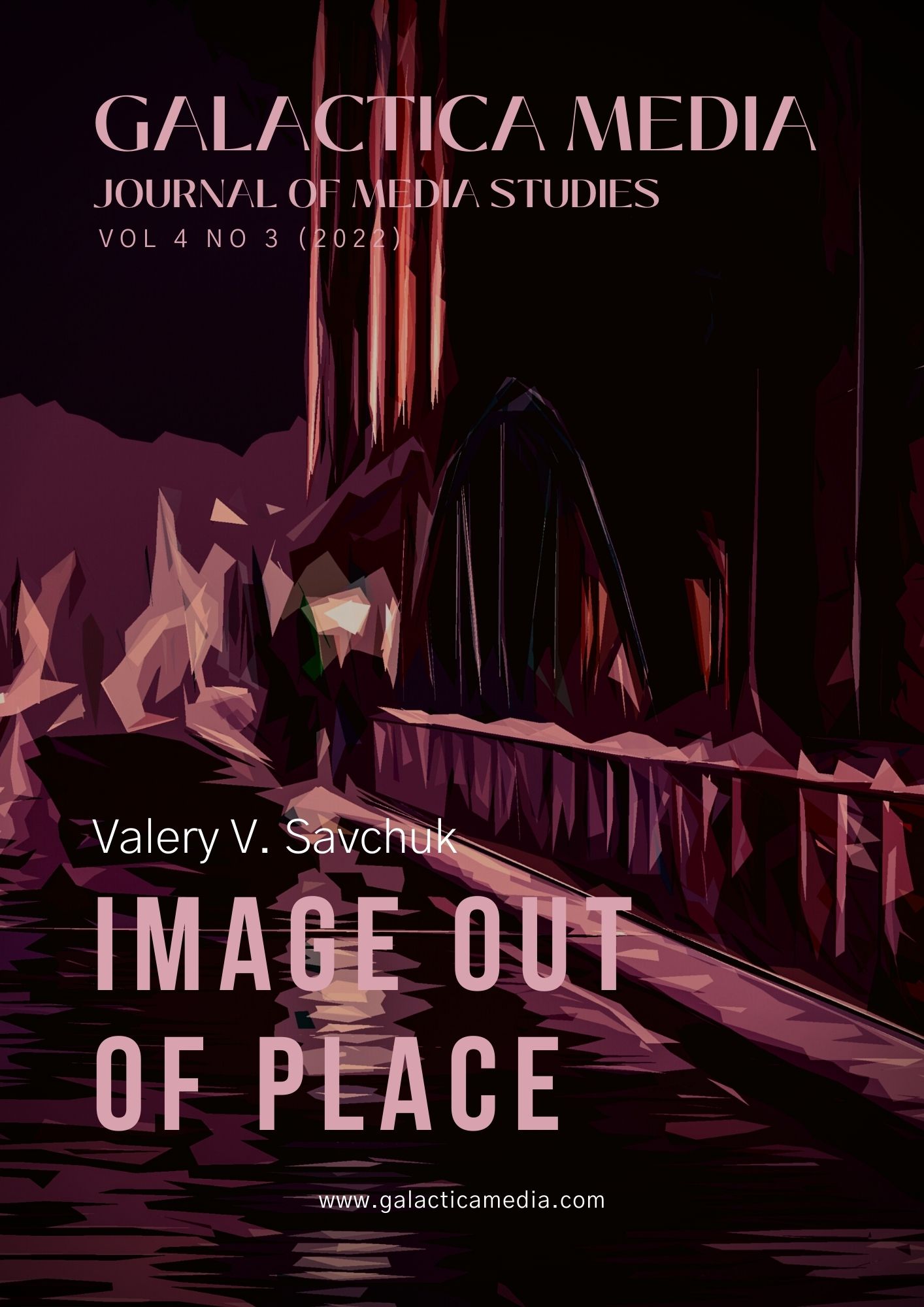Abstract
The article deals with the search for the sources of visual pollution. While the information environment, alongside with pollution of air, water and food, has been already recognized as the new area of contamination, the pollution of visual environment has not yet been listed among the spheres monitored by the ecologists. The symptoms of visual contamination are not identified, and the sources – apart from advertising – are unknown not only to environmental activists, but also to the specialists. The main thesis of the article is as follows: the pollution of visual environment affects the health of people no less negatively than traditional sources of environmental threats. However, visual pollution is not visible; it has not yet been the subject of close study, so we do not yet have any record of its species, or the criteria for the dangerous level of pollution exceedance, nor recommendations for prevention and ways and techniques of getting rid of it. The uncertainty of the sources of visual pollution leads in the long term to disastrous health consequences, because the moral, spiritual and physical well-being of a person living in it depends on how healthy and favourable the visual environment is. Huge fields of plastic packaging and disposable dishes floating in the ocean are not only visual pollution, but also pollution of water, marine inhabitants, and soil; while in the urban environment it is difficult to separate visual dirt from pollution of air, water, land. It is concluded that the source of the pollution is a substance both out of place, without a place or outside the place. The source of pollution can be the reverse side of purity of the visual environment brought to the limit, to sterility, to geometric rigidity, which accompanies the “pathos of colonization of nature by geometry”.
References
Adorno, Th. W. (1997). Ästhetische Theorie [Aesthetic Theory]. In G. Adorno & R. Tiedemann (Eds.), Gesammelte Schriften. Bd. 7 [Collected Writings. Vol. 7]. Suhrkamp Verlag. (In German).
Arass, D. (2010). Detail in painting. Azbuka-klassika. (In Russian).
Aristotle. (1989). Fragments of the Early Greek Philosophers. Part I. Nauka. (In Russian).
Burke, E. (1979). A Philosophical Inquiry into the Origin of Our Ideas of the Sublime and the Beautiful (Vol. 237). Iskusstvo. (In Russian).
Capula, Z. (2022). Art&Science: How Art Changes Our Body, or Why Aesthetics Depend on Physiology. Art&Science. https://news.itmo.ru/ru/education/trend/news/6592/ (In Russian).
Druzhilov, S. A. (2013). “Pollution” of the information environment and the problems of psychological health of the individual. Contemporary knowledge-intensive technologies, 4, 89–92. (In Russian).
Gerasimova, I. A. (2021). Digital Technologies: Reality and Centaurs of Imagination. Voprosy Filosofii, 10, 65–76. https://doi.org/10.21146/0042-8744-2021-10-65-76 (In Russian).
Hoesle, W. (1993). Philosophy and Ecology. Nauka. (In Russian).
Kant, E. (1966). A Critique of the Power of Judgment. Essays in Six Volumes (Vol. 5). Mysl. (In Russian).
Kaznacheev, V. P. (1988). Human Ecology: Problems and Prospects. In V. P. Kaznacheev (Ed.), Human ecology. The main problems (pp. 9–32). Nauka. (In Russian).
Kolesnikova, D. A., & Savchuk, V. V. (2015). Visual Ecology As a Discipline. Voprosy Filosofii, 10, 41–50. (In Russian).
Podoroga, V. A. (2020). The Great Fear. Kant reads Burke (to the deconstruction of the sublime). New Literary Review, 2, 11–28. (In Russian).
Revzin, G. (2017). 12 Muscovites who didn't get wet in the rain. The Ideal Citizen in the Twentieth Century. In I. Furman (Ed.), Citizen: What do we know about the big city dweller? (pp. 196–211). Strelka Press. (In Russian).
Rousseau, J.-J. (1968). Julia, or the New Eloise. Hudozhestvennaja literatura. (In Russian).
Rueter, G. (2017). Jeder vierte Mensch stirbt durch Umweltverschmutzung [One in four people die from environmental pollution]. DW.COM. https://www.dw.com/de/luftverschmutzung-t%C3%B6tet-diesel-plastik-meer-pestizid-glyphosat-wasserverschmutzung-kenia/a-41645743 (In German)
Savchuk, V. V. (2003). Iconic turn. In G. L. Tulchinsky & M. N. Epstein (Ed.), Projective Dictionary of Philosophy (pp. 127–130). Aletheia. (In Russian).
Sennett, R. (2016). Flesh and Stone: The Body and the City in Western Civilization. Strelka Press. (In Russian).
Troitsky, A. (2022). The Space of Transformation. Multimedia project. https://drive.google.com/file/d/1VPCXYlHttWxsOwKdrgrSQOgohv5wdO_9/view (In Russian).
Wittgenstein, L. (1977). Bemerkungen über die Farben [Comments on the colors] (G. E. M. Anscombe, Ed.). University of California Press. (In German).

This work is licensed under a Creative Commons Attribution 4.0 International License.

